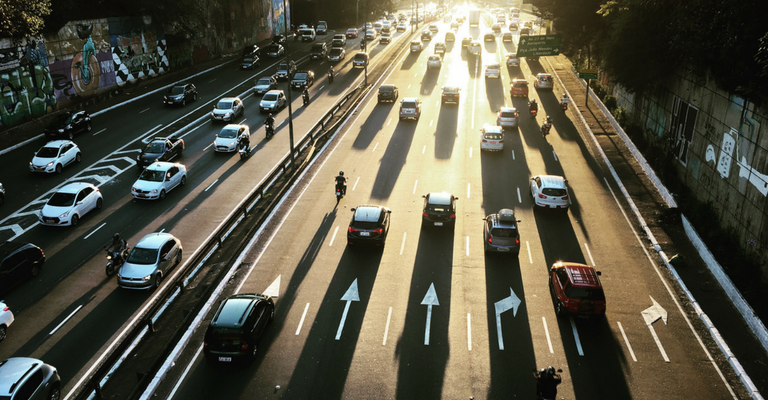The printed circuit board (PCB) industry is expected to grow at a robust pace over the next five years–due to the high demand for PCBs forecasted by many industries Interestingly, the growth of the automotive industry alone is expected to catapult this demand. With the number of vehicles purchased per household rising domestically, older cars being replaced with newer models worldwide, and the expansion of cars in developing communities that didn’t previously have them, the needs for vehicles is expected to continue to rise. By some estimates, PCBs for the automotive sector is expected to reach $4 Billion per year over the next several years.
When it comes to PCBs for the automotive industry, there are some very specific requirements that must be met. PCBs must be durable, reliable, and able to perform under harsh conditions throughout the lifecycle of the vehicle. These PCBs may be found in passenger vehicles, heavy and lighter trucks, trailers, and sub-assemblies of larger automotive equipment. Necessary for maintaining device performance and integrate electronic components and systems, PCBs are the key component for electronic connectivity, and are at the core of this demand
In particular, durability and reliability are likely to be key factors for the future success of PCB applications. Self-driving vehicles and trucks will find their ways on to the byways and highways of the world in the next decade. While their initial introduction is somewhat dubious, eventually, autonomous vehicle use will be governed by their reliability and durability, especially as they are programmed to take on more sophisticated tasks. When this time comes, and as these vehicles become more widely adopted, the demand for PCBs will reach a critical point.
The increased call for PCBs within the automotive industry will be further strengthened by government regulations. These regulations have become more stringent, focusing on driver safety and emissions standards governed by federal agencies and their counterparts in other countries. The stiffer regulations require more controls in automotive design; consequently, more PCBs are warranted and needed by manufacturers.
PCB Applications in Automotive
The applications of PCBs are found throughout complex automotive systems and configurations, including:
- Power relays
- ECL/ECU control modules
- Antilock brake systems
- Digital displays
- Transmission sensors
- Stereo and audio components
- DC/AC power converters
- Engine timing systems
- Electronic mirror controls
- Interior LED lighting systems
- Radar
- GPS
- Mirror controls
Within automotive systems and equipment, you can find flex PCBs, rigid PCBs, and rigid-flex PCBs, depending on the application. Typically, automotive PCBs utilize various materials with different properties, depending on their application. These include:
- High-temperature laminates
- Copper and aluminum substrates
- Differential copper plated substrates (20 ounces on one side and one ounce on the other)
Polytetrafluoroethylene (PTFE) reinforced with glass fibers with additional copper cladding is expected to be used for some safety applications. High-density interconnects (HDI) is a popular design for more delicate and complex systems such as entertainment systems and digital displays.
As mentioned above, the advent of autonomous vehicles is an emerging trend. Such vehicles are heavily configured with automated controls and sophisticated guidance systems. This control technology should further boost the demand for PCBs within the automotive sector.
Automotive Sectors to Watch
- Self-Driving Vehicles: the commercial availability and adoption of autonomous vehicles could change history. Watch for their development in the trucking sector and throughout industrial supply chains.
- Public Transportation: public transit vehicles are expected to utilize automated shared mobility as rapid transit networks gain momentum in moving passengers in busy metropolitan areas.
According to researcher Tractica, worldwide revenue from sales of autonomous trucks and buses reached $84 million in 2017. They expect the market to develop at a strong pace over the next few years with more competition within the industry. Their forecast: global revenue of $35 billion by the end of 2022. During that period, the market intelligence firm forecasts that annual unit sales will increase from approximately 343 vehicles in 2017 to 188,000 units in 2022.
PCB Opportunity: Honing in on Technology and Demand
The automotive and vehicle sector is slated to grow in a variety of ways in the near term. In different industries, vehicles – not just automobiles – will continue to develop more sophisticated capabilities through better technology to increase productivity while reducing costs.
As discussed, PCBs are likely to be at the heart of that technology, making the seemingly impossible suddenly possible. Therefore, it’s imperative that organizations seeking to capitalize on the expected strength of new and sophisticated automobiles, trucks, and autonomous vehicles be ready with products that are not only designed to meet sometimes harsh demands but can also provide the sophisticated integrated circuits and materials to make these vehicles reliable and durable.
For PCB fabricators and designers who see and embrace this vision, the future looks very bright.


